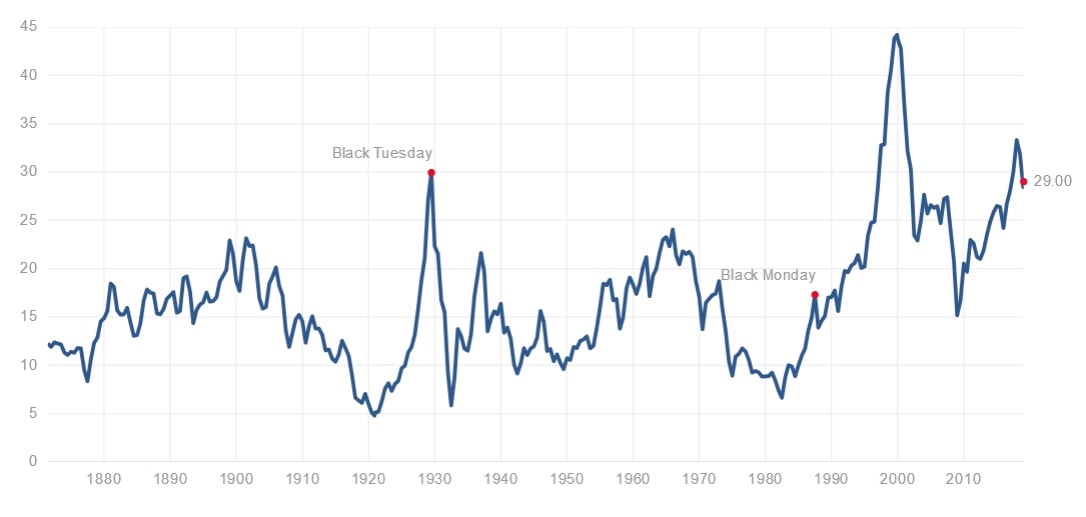Investment Implementation
Learn to understand the instruments that you can use to invest. Crucial knowledge for your investment strategy implementation.
- Learn about Investment Instruments
- Learn how to implement your Investment Strategy
Learn to understand the instruments that you can use to invest. Crucial knowledge for your investment strategy implementation.
An investment operation is one which, upon thorough analysis, promises safety of principal and an adequate return. Operations not meeting these requirements are speculative.Benjamin Graham – Investor and author of “The Intelligent Investor”, grandmaster of Warren Buffet
The Investment Implementation Block will help you to put your Investment Strategy into place. In this chapter, you will learn which instruments you can use to make your investments and where you can purchase your investments!

It's easy to play any musical instrument: all you have to do is touch the right key at the right time and the instrument will play itself.
Johann Sebastian Bach, German composer and musician of the Baroque period, regarded as one of the greatest composers of all time
Within the different asset classes, there are different instruments that you can use to invest in the asset class. In general, financial instruments can be traded.
An instrument can look very different, it can be physical like cash or a building, can be a stake in something, e.g. in a company, a building or a ship or it can be a contract that ensures you the right in something, e.g. to buy something in the future for a specific price.
The most important distinction is made between direct instruments and derivative instruments. Direct instruments are investments you own yourself and the value is directly influenced and determined by the market. This might be a portfolio of stocks of several companies that you own. Derivative instruments are based on the underlying instruments.
Their value is somehow related to the underlying but must not exactly follow its path or have the exact same value. In this case, it would be something that represents the value of a certain set of shares, e.g. an ETF or a CFD which uses the Dow Jones as an underlying.
Yes, risk-taking is inherently failure-prone. Otherwise, it would be called 'sure-thing-taking.
Jim McMahon, American football player, won two Super Bowl titles
The different instruments are very different in terms of risk, possible return, liquidity and difficulty in understanding them. Therefore, in the following, we will make a distinction between them according to the level of experience that you have. Thus, we use the classification based on the skill profile in the article “Investment Philosophy”.
The problem with long-term investing is the short term. Nothing destroys a good long-term plan like extreme short-term volatility. That throws people off track, and they often do things that are emotional rather than rational.
Richard A. Ferri, former jet pilot in the U.S. Marine Corps, investor and author in “All About Asset Allocation” Second Edition
Based on the Strategy Block Introduction we already know that the different asset classes are associated with different returns. But also within one asset class return can hugely vary. Therefore we already said earlier that for most investors with little experience the best strategy is to diversify and spread the risk.
This can be seen in a nice overview by the Bank of America Merrill Lynch Global Investment strategy which shows cross-asset returns since 2004. It can also be seen that the return hugely varies in the course of time.

Depending on your experience, you should choose the corresponding instruments. The more experience you have, the more specific your investments can be. Investors with little experience should stay away from specific investments and should diversify, e.g. through funds or ETFs.
Investors with more experience can focus their portfolios. The investor should always keep the costs in mind and reduce them as much as possible.